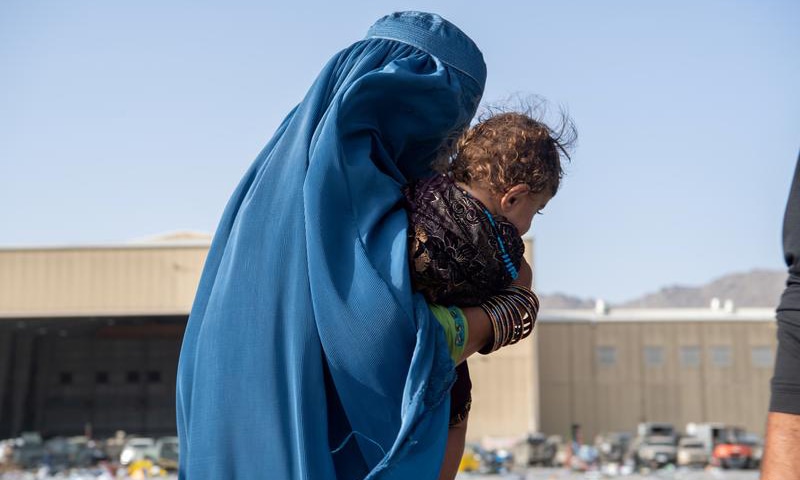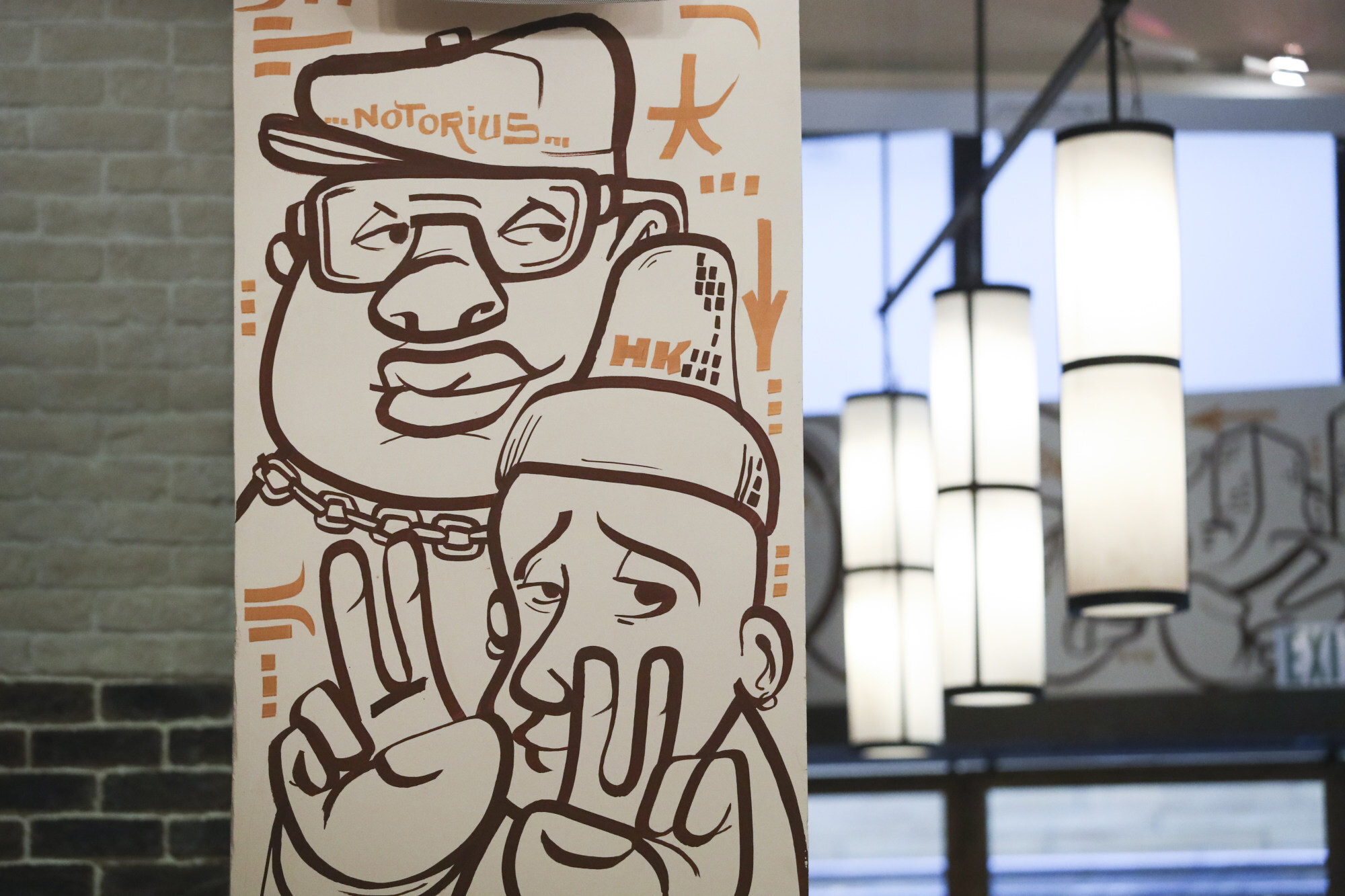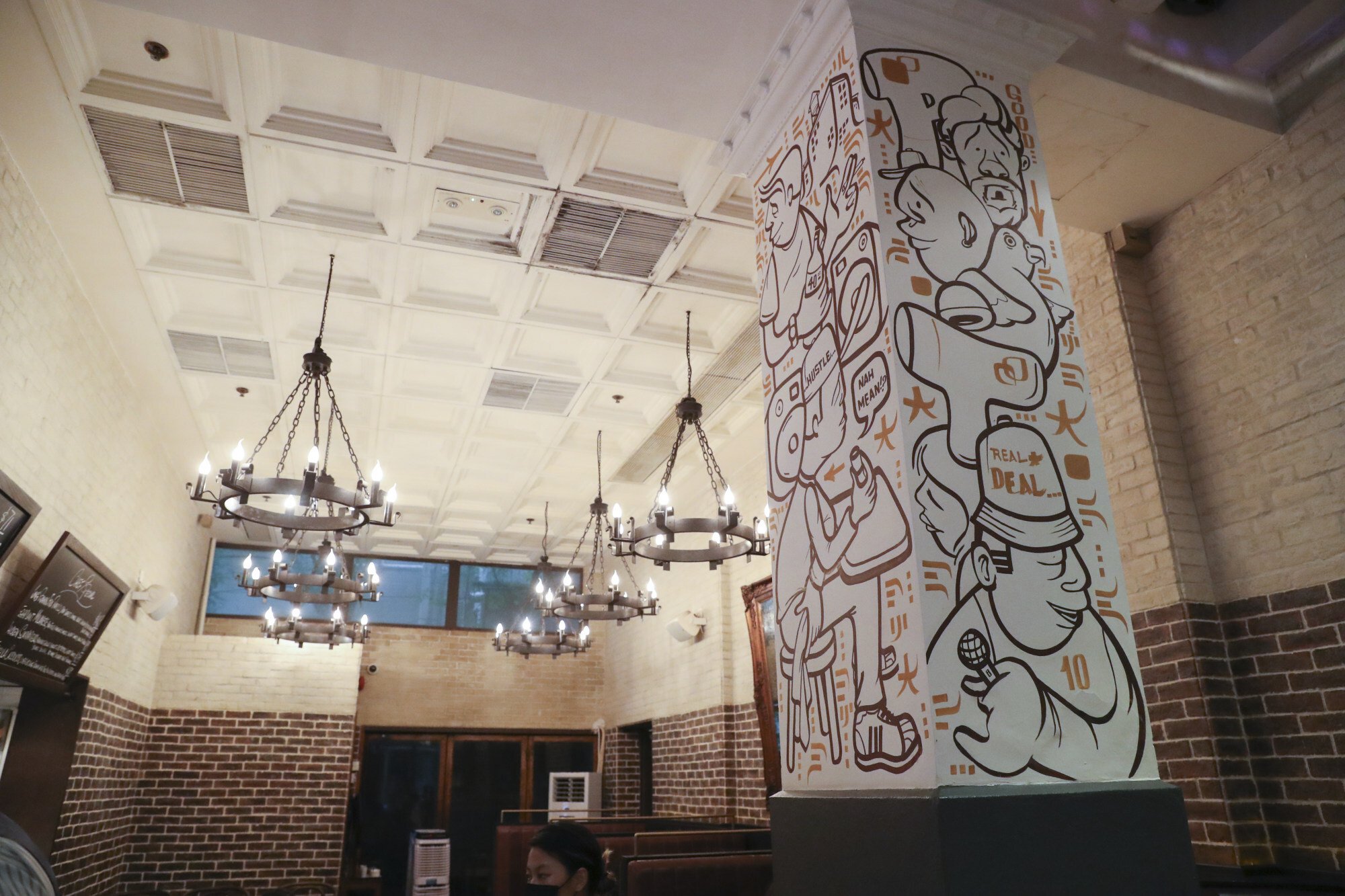Long-delayed refining policy

Although the oil refining industry in the country is completing a century now, four out of five local refineries are obsolete by international standards while the fifth one is also over two decades old. The refining capacity is about 20 million tonnes per annum. About 60 per cent of the country’s requirements of diesel and over 30pc of petrol are met by local refineries. The rest is imported as refined products.
Also, about 31pc of Pakistan’s energy requirements are met by oil. Despite these lucrative numbers, no new refinery could be set up for more than a decade, according to the petroleum division. Similarly, upgrades of the existing refineries have not kept pace with the latest technology. The announcements about major investments from friendly countries remained on paper.
Being capital intensive, refining requires long term investment based on the country’s policy-cum-political view that has generally been missing. The 1997 petroleum policy provided various incentives and pricing formulas for new refineries but the industry did not find it attractive. An incentive package, based on the consideration of mega refinery investment from Saudi Arabia and UAE, was approved in April 2018 that could not take off with the change in political government.
An upgraded policy was finalised in March this year that could not see the light of the day following the removal of then special assistant to the prime minister Nadeem Babar. The petroleum division has been trying to get formal approval to a new refining policy from the Cabinet Committee on Energy or Economic Coordination Committee of the Cabinet — a case of borderline jurisdiction. The deadlines for fiscal and policy incentives have been extended by one year and in some cases four years.
The new policy advocates a vertically integrated oil refining and marketing infrastructure to support domestic oil and gas exploration and production activities
The new refining policy advocates a vertically integrated oil refining and marketing infrastructure in the country to directly support domestic oil and gas exploration and production activities and value addition through the utilization of local natural resources.
Under the policy, expected to come up for approval this week, all new deep conversion oil refinery projects of a minimum of 100,000 barrels per day refining capacity, as well as infrastructure projects such as single point mooring, single buoy mooring, jetties, subsea and land oil pipelines, oil terminals, petrochemical plants and tank farms, shall be treated as separate projects and to be set up anywhere in the country and start the construction of the project before December 31, 2025, shall be eligible for a 20-year income tax holiday from profits and gains from the date of commissioning. The income tax holiday on this count will be for 10 years to existing projects upgrades to achieve equivalent standards.
All the above projects would also be entitled to exemption from customs duties, surcharges, withholding taxes, any other levies, general sales tax, or any other ad valorem tax on import of any equipment to be installed, or material to be used in the projects without any precondition for certification by the Engineering Development Board. The federal government shall facilitate a similar exemption of provincial and local taxes.
Construction, operations and engineering services performed in Pakistan, whether by local or foreign firms operating in Pakistan, as well as procurement of any local materials, shall remain subject to applicable local taxes, whether provincial or federal. These projects shall be exempt from the application of the Companies Profits (Workers’ Participation) Act 1968 and the Workers’ Welfare Fund Ordinance 1971. The Federal Government shall facilitate a similar exemption of provincial statutes if any.
Temporary imports by contractors/sub-contractors of all machinery, vehicles, plant and equipment, other materials and spares in connection with setting-up, operation, maintenance and repair, which are to be repatriated after completion of the works, shall be exempted from all customs duties, taxes, surcharges and levies on import, and shall be released by the customs authority on the provision of a bond by the importer, for a defined time period of use.
The government will not guarantee product off-take and the refineries would be free to market their products through their own or other marketing companies or export after meeting local needs. However, import of finished products by oil marketing companies (OMCs) shall be limited to only the deficit projected by the government, ensuring the uplifting of locally refined products first.
Locally produced crude shall be allocated to the closest refinery that can handle crude with such specifications. Once allocated, it would not be cancelled if a new refinery comes up closer to the crude source, unless mutually agreed amongst the existing user and new proposed user and the petroleum division. After uplifting of local crude, the refineries shall be free to import crude oil from any source except prohibited countries, with no obligation or guarantee on the part of the Government of Pakistan.
Refineries will be allowed export of surplus petroleum products or products with specifications that do not have local demand under the intimation to the Oil & Gas Regulatory Authority and Petroleum Division. No refinery shall be allowed to market, in Pakistan, petroleum products of inferior quality than those notified by the Petroleum Division from time to time, unless it has a waiver from the government. If it produces products of inferior quality and does not have a waiver to sell them locally, it shall be free to export.
The Product Pricing Formula of refineries shall be based on “True Import Parity Price” to be derived from Arab Gulf Mean Freight Onboard (FOB) spot price, or if not published shall be derived from Singapore Mean FOB price. All other elements including premium, freight, port charges, incidentals, import duties, exchange rate, provincial taxes as applicable and other price adjustments shall be added, as per Pakistan State Oil’s (PSO) actual imports, in the above FOB price to arrive at “True Import Parity Price”.
Additionally, prevalent inland freight of imported crude oil to refineries and provincial duties, levies, cess and taxes (with import duty on crude oil, if any) at the import of crude oil shall be added for refineries. There shall be no import duties and sales tax on import of petroleum crude oil with effect from July 1, 2022, being the main raw material, by refineries themselves. The finished products, however, shall be subject to import duties and sales tax notified by the government from time to time.
There will be no guarantee of the rate of return for existing, or new, refineries provided by the regulator or the Government of Pakistan. The refineries shall be allowed to open and maintain foreign currency accounts and retain a certain portion of export proceeds in foreign currency to meet operational requirements.
There shall be tariff protection in the form of a 10pc import duty on motor gasoline and diesel of all grades as well as imports of any other white product used for fuel for any kind of motor or engine, effective from the date of commission for six years, provided that refinery starts construction of the project before December 31, 2025, ie the protection would now stay until December 31, 2031, instead of June 30, 2026, envisioned by Nadeem Babar.
The policy envisages a shift to complete deregulation of the oil sector, including products and pricing by December 31, 2027, instead of June 30, 2026, targeted in March this year. The principle to be followed for that deregulation will be that all OMCs will be free to set the prices themselves, based on the quality of fuels, the location and other services being provided like High Octane Ron 97 at present. However, the government would set the price for PSO pumps to give protection to consumers.
Published in Dawn, The Business and Finance Weekly, August 23rd, 2021
 In this Feb 8, 2016 picture, a man walks past machines at the hot strip mill department of the Pakistan Steel Mills. — Reuters/File
In this Feb 8, 2016 picture, a man walks past machines at the hot strip mill department of the Pakistan Steel Mills. — Reuters/File



















